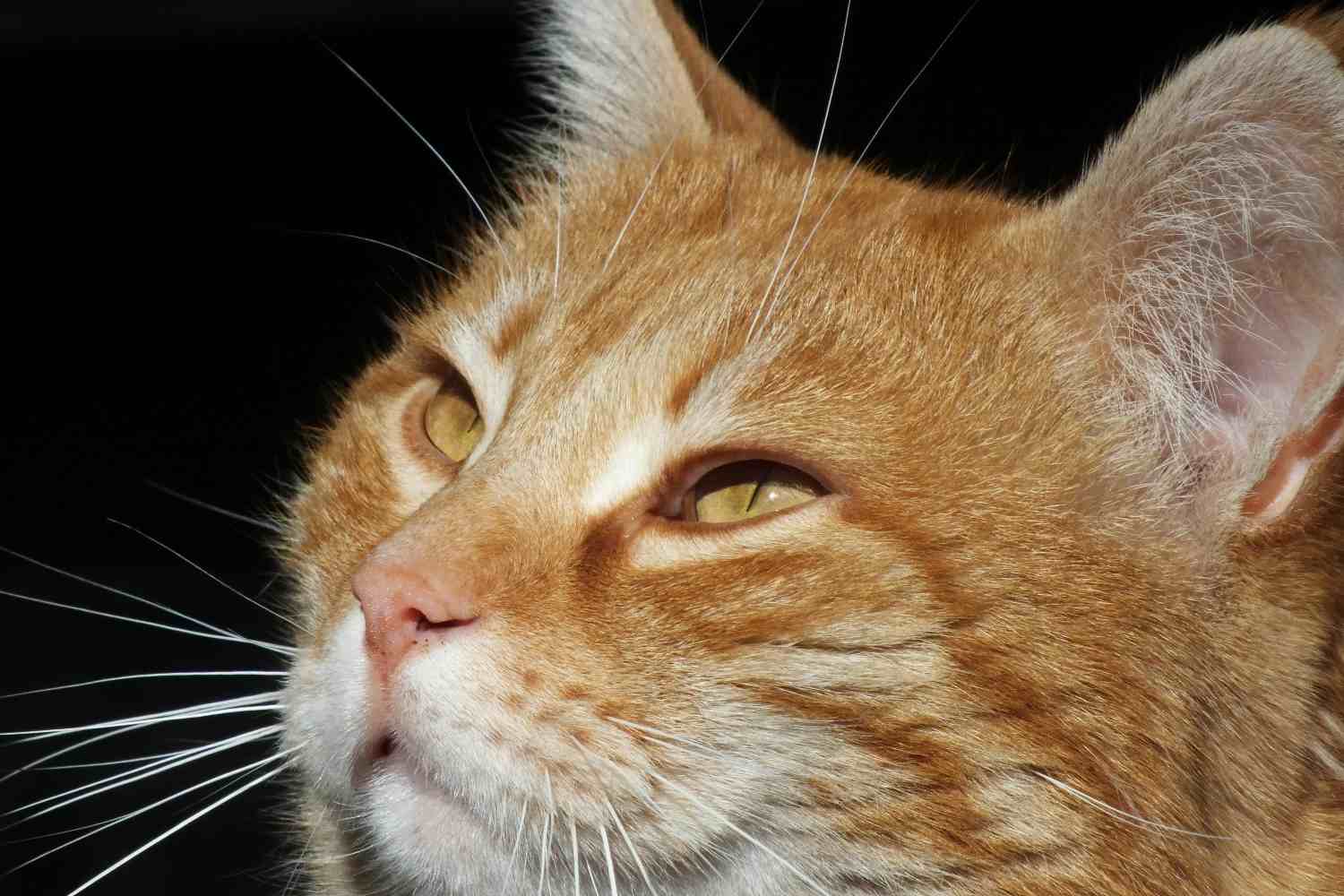Starting in 1973, every morning, as Yoko was preparing to leave their Tokyo apartment to go to work, Masahisa Fukase photographed her from the window, giving life to the famous "From Window" series

@Masahisa Fukase/Instagram
Masahisa Fukase was born into a family that ran a photo studio in Japan, making his introduction to the world of photography almost inevitable from an early age. Over the years, he gained increasing attention as one of the most compelling photographers of his time. Among his most well-known projects is a series of photographs of his muse and second wife, Yoko Wanibe, which were taken over the duration of their long relationship.
Starting in 1973, each morning when Yoko was preparing to depart their Tokyo apartment to head to work, Fukase would take a photograph of her from above through their window. The morning routine became a series titled “From Window.”
From window
What began as a spontaneous gesture soon turned into a daily tradition, starting out each day for the pair. Over time, these photographs grew into a photographic “documentary” of the couple’s life together, with subtle variations in Yoko’s mood and posture recorded from one day to another.
The actual reason why Fukase photographed his wife every day is not certain. It is unlikely that he was merely documenting their life together day by day. More probably, it was his way of coping with the agony of daily separation, a means of diminishing the impact of each day’s goodbye. It is also a subtle declaration of love.
Despite this ongoing ritual, their love did not stand the test of time. They divorced—a destiny that Fukase may have unconsciously foreseen in his work.
“He only looked at me through a camera lens”
After the split, which was instigated by Yoko, she afterward stated:
“He only looked at me through the lens of a camera. The photos he took of me were, without a doubt, portrayals of himself.”
The divorce destroyed Fukase, plunging him into a depression that would take around six years to recover from. During this period, he photographed ravens compulsively, later compiling these images in his now unsettlingly iconic book, Ravens.

